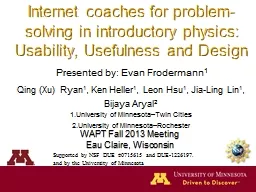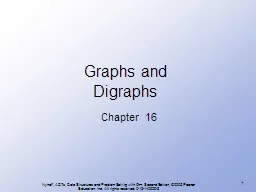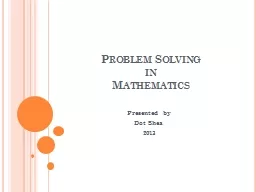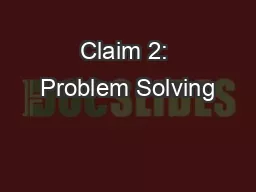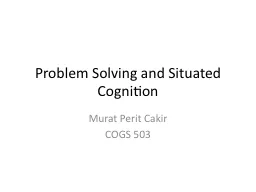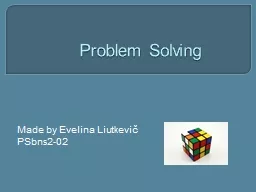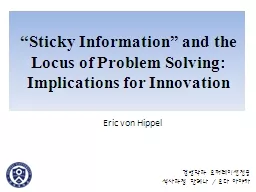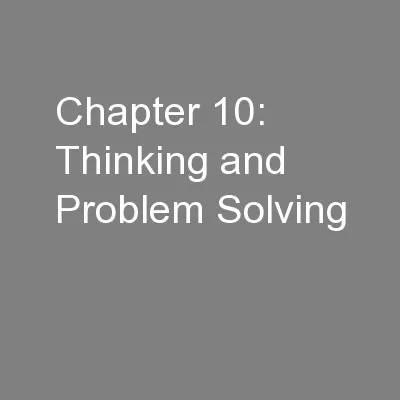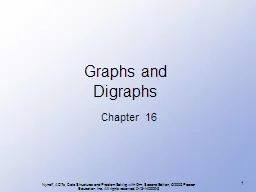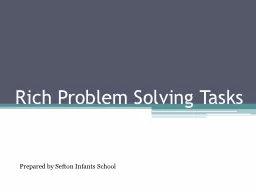PPT-Internet coaches for problem-solving in introductory
Author : celsa-spraggs | Published Date : 2019-11-21
Internet coaches for problemsolving in introductory physics Usability Usefulness and Design Qing Xu Ryan 1 Ken Heller 1 Leon Hsu 1 Jia Ling Lin 1 Bijaya Aryal
Presentation Embed Code
Download Presentation
Download Presentation The PPT/PDF document "Internet coaches for problem-solving in ..." is the property of its rightful owner. Permission is granted to download and print the materials on this website for personal, non-commercial use only, and to display it on your personal computer provided you do not modify the materials and that you retain all copyright notices contained in the materials. By downloading content from our website, you accept the terms of this agreement.
Internet coaches for problem-solving in introductory: Transcript
Download Rules Of Document
"Internet coaches for problem-solving in introductory"The content belongs to its owner. You may download and print it for personal use, without modification, and keep all copyright notices. By downloading, you agree to these terms.
Related Documents

